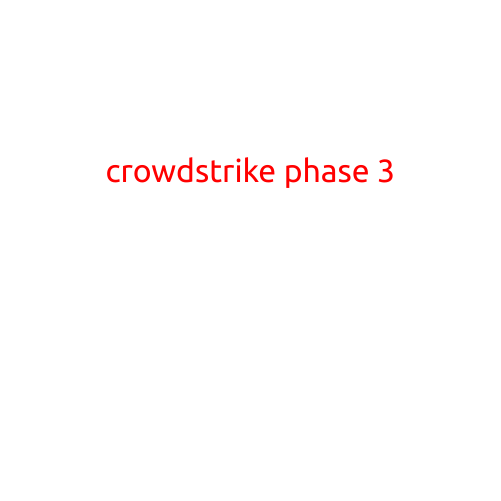
CrowdStrike vs Norton 360: A Comparative Analysis of Two Competing Endpoint Security Solutions
In the ever-evolving landscape of cybersecurity, endpoint security plays a critical role in protecting organizations from malware, data breaches, and other types of threats. Two prominent players in the endpoint security market are CrowdStrike and Norton 360. While both solutions offer robust protection against various types of threats, they differ in their approach, features, and pricing. In this article, we’ll delve into the key differences between CrowdStrike and Norton 360, helping you make an informed decision when choosing an endpoint security solution.
Overview of CrowdStrike
CrowdStrike is a cloud-delivered endpoint security solution that leverages artificial intelligence (AI) and machine learning (ML) to identify and respond to evolving threats in real-time. Developed by CrowdStrike Holdings, Inc., the solution is designed to provide comprehensive protection against malware, ransomware, and other types of attacks. Key features of CrowdStrike include:
- Cloud-based Architecture: CrowdStrike’s cloud-based architecture enables real-time threat detection and response, eliminating the need for on-premises infrastructure.
- AI-powered Threat Detection: The solution uses AI and ML algorithms to identify and analyze malware, including zero-day attacks, without relying on signature-based detection.
- Containerized Security: CrowdStrike allows organizations to securely deploy and manage containerized applications, ensuring consistent security posture across hybrid and multi-cloud environments.
- Real-time Incident Response: The solution provides customizable incident response playbooks, enabling organizations to quickly contain and remediate threats.
Overview of Norton 360
Norton 360 is a comprehensive security solution developed by NortonLifeLock, Inc. The solution provides robust protection against malware, viruses, and other types of threats, while also offering additional features such as password management and online backup. Key features of Norton 360 include:
- Multi-Layered Protection: Norton 360 combines various security technologies, including antivirus, anti-malware, and firewall protection, to provide comprehensive security.
- Password Management: The solution includes a password manager, allowing users to securely store and generate complex passwords.
- Online Backup: Norton 360 offers automatic online backup, enabling users to protect their files and data from loss or corruption.
- Ransomware Protection: The solution includes advanced ransomware protection, designed to detect and prevent ransomware attacks.
Key Differences
While both solutions offer robust endpoint security, there are significant differences between CrowdStrike and Norton 360:
- Deployment Model: CrowdStrike is a cloud-delivered solution, whereas Norton 360 is a traditional on-premises solution with optional cloud-based components.
- Threat Detection: CrowdStrike’s AI-powered threat detection is more advanced, allowing for real-time detection of zero-day attacks, whereas Norton 360 relies on traditional signature-based detection.
- Containerized Security: CrowdStrike provides containerized security, whereas Norton 360 does not.
- Pricing: CrowdStrike is generally more expensive than Norton 360, especially for larger enterprises.
Conclusion
When choosing an endpoint security solution, organizations should carefully consider their specific needs and requirements. If you’re looking for a cloud-delivered, AI-powered solution with advanced threat detection and containerized security, CrowdStrike may be the better choice. However, if you prefer a traditional on-premises solution with a focus on password management and online backup, Norton 360 could be a suitable option.
Ultimately, both CrowdStrike and Norton 360 are reputable endpoint security solutions, each with its strengths and weaknesses. By understanding the differences between these solutions, organizations can make an informed decision when selecting the best endpoint security solution for their unique needs.





